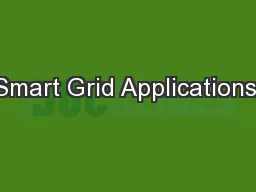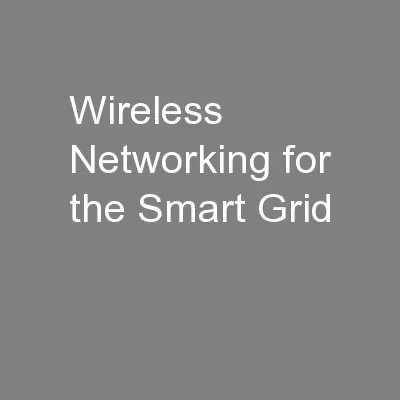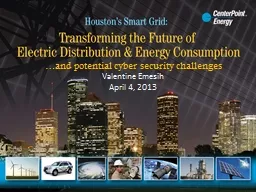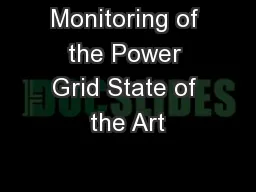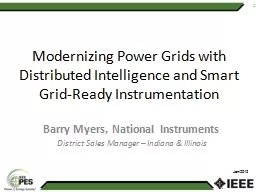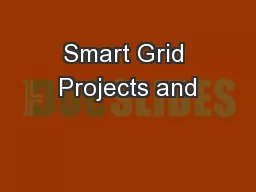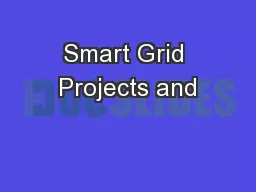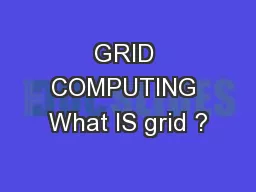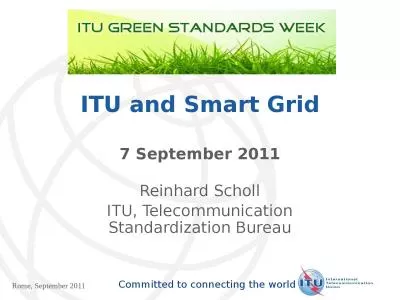PPT-Smart Grid Applications:
Author : lois-ondreau | Published Date : 2018-03-15
Viewpoint of an Electrical Power Engineer Francisco de Leon October 2010 Electrical Power Group httpwwwpolyedupower Poly is the only school in the NYC Metropolitan
Presentation Embed Code
Download Presentation
Download Presentation The PPT/PDF document "Smart Grid Applications:" is the property of its rightful owner. Permission is granted to download and print the materials on this website for personal, non-commercial use only, and to display it on your personal computer provided you do not modify the materials and that you retain all copyright notices contained in the materials. By downloading content from our website, you accept the terms of this agreement.
Smart Grid Applications:: Transcript
Download Rules Of Document
"Smart Grid Applications:"The content belongs to its owner. You may download and print it for personal use, without modification, and keep all copyright notices. By downloading, you agree to these terms.
Related Documents

